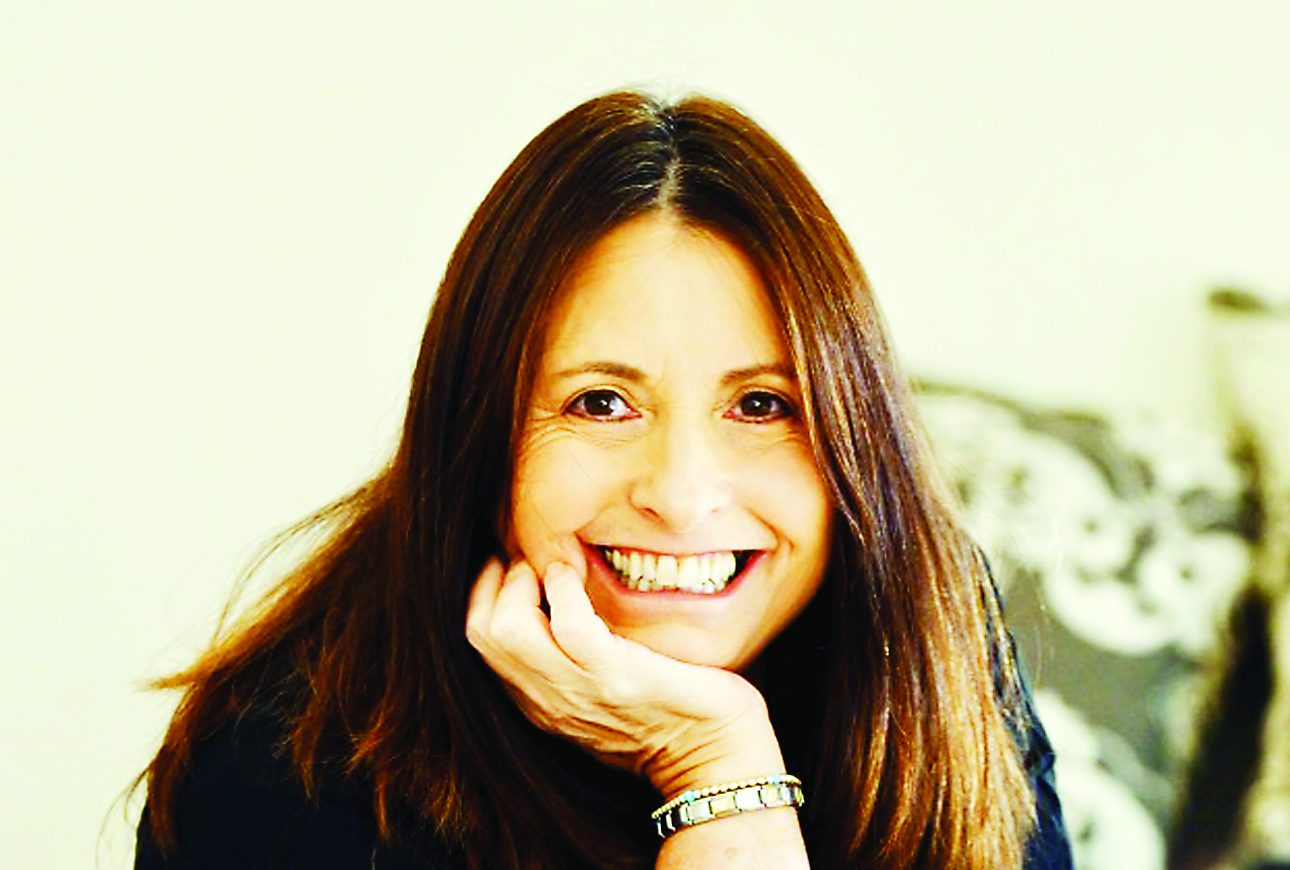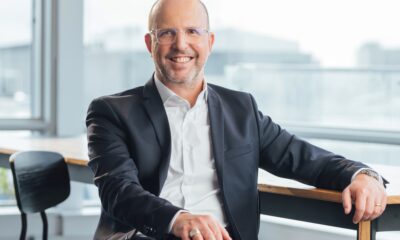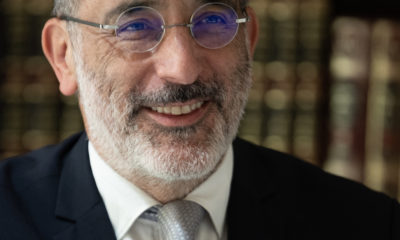
Featured Item

Holistic healing for the new year
Calmness, self-acceptance, renewed energy, positivity. All states many are craving in a year that’s been defined by unprecedented change and anxiety.
The SA Jewish Report looks at some alternative practices that may offer the healing you need to make a fresh start this Rosh Hashanah.
We often underestimate just how much everyday stresses affect us. “People misconceive what trauma is,” says Jenny Porteous, an Advanced Trauma Release Exercise (TRE) provider.
“We don’t necessarily have to have gone through a loss or something huge; trauma can be daily stress. It’s what we’re all going through right now: we’re in fight or flight mode. Even if you feel like COVID-19 is not affecting you that much; it’s affecting the entire world.”
By performing the trauma and stress-release exercises, one’s ability to cope with life’s challenges is improved. Whether you’re stressed out by the coronavirus, facing physical or mental struggles, or looking to change unhealthy patterns, TRE could help. It offers a scientifically proven method of using the body’s natural release mechanism to safely relieve deep muscle tension caused by stress, bringing people back to a state of calm, explains Porteous. With TRE, trauma is literally shaken off.
“It entails a set of six exercises, designed to induce our natural tremor mechanism,” says Porteous. The exercises send a message, an electromagnetic impulse, to the brain and back which makes your body shake. This is known as a neurogenic tremor.
“Tremors or shaking is the body’s natural way of releasing trauma,” she says. “If someone has an accident for example, they shake afterwards but then someone steps in to get sugar water or a blanket to stop the shaking.”
Similarly, in any challenging situation, if you hold yourself together not allowing the trauma to release, a continuous trauma build-up begins which can result in physical, mental, or emotional problems. “TRE helps you release all trauma from inception to the present,” says Porteous.
Hugely transformative, TRE also boosts resilience, confidence, and helps keep you centred.
“We engage with each other through our nervous systems and this is where TRE predominantly works, on your brain stem where your trauma is sitting,” explains Porteous. “By breaking up neural pathways, TRE breaks thought patterns that are telling you that you’re anxious, for example, and creates new, healthier ways of thinking. It causes a shift on every level.”
After six guided sessions, clients are taught to induce tremors themselves, enabling them to manage their own calming and healing process.
Another holistic approach that works on people’s mental, emotional, physical, and spiritual well-being, BodyTalk resynchronises the body’s natural energy systems. Whether you’re suffering from headaches, chronic pain, anxiety, and other ailments, BodyTalk can provide the relief you’re seeking. “It locates the blocks within the body and releases them, hoping to bring about a better flow and balance within the system,” explains Certified BodyTalk practitioner, Elana Sissison.
Emotions that have not been properly processed become trapped in our systems causing symptoms or illness. BodyTalk locates and releases these blockages by targeting the story behind the illnesses or symptoms and, in so doing, enables healing to take place. “It gets to the emotional component that’s affecting the physical component.”
BodyTalk is rooted in the belief that the body is a self-healing organism. In a session, clients discuss their health status or personal issues, then lie fully clothed on the treatment table. The practitioner asks your body a series of silent questions. Yes/no answers are provided through your arm, through a process called neuromuscular biofeedback, explains Sissison. This indicates where the body needs to be balanced and when, thus reconnecting the lines of communication within your body.
The practitioner taps on the relevant energy points of the body to facilitate healing. “You tap the patient on the head, which tells the brain to resolve the issue, and on the heart area, which tells the body to store the energetic changes, and then on the stomach which allows the body to digest everything,” explains Sissison. “Once you’ve highlighted what areas need to be realigned, the body works on balancing and healing these things on its own.”
The content and number of sessions will differ for each individual. “Clients leave with a different energy, a visible new demeanour,” says Sissison. “Increased optimism is something we see across the board.”
A different healing practice that also provides a new lease on life is family constellations therapy, which is rooted in the belief that parental and ancestral traumatic life experiences pass down through many generations. “Unconsciously, we take on these traumas described by Rupert Sheldrake as the ‘Morphogenetic Field’,” explains transformational catalyst Janet Greenblatt who offers this and other therapies to help people tap into their highest potential.
“By unconsciously resisting intergenerational traumas, we start to move away from our loved ones,” she continues. “The same resistance is what ultimately moves us away from the authenticity of who we are and where we rightfully belong. So, we reject our families or we feel rejected by them, [setting] ourselves up for disastrous relationships as we’re never in our right place.”
By resolving your own or your family’s unsettled past issues, the therapy changes inner narratives that no longer serve us. “It’s highly effective in shifting behaviour patterns, enabling us to look at ourselves and consequently the world through a more positive lens,” says Goldblatt.
In a session, clients seek to address an issue they’re facing. They’re placed in a room with a group of strangers, and from here they choose individuals to represent specific family members. The client places these people in the room in particular positions. In an unexplained phenomenon, emotions start to come towards these representatives and they give feedback on how they’re feeling in their positions. They then move until they feel comfortable. Once the representative moves into the “right” place, there are sentences the facilitator will give the representative to say. For example, the “child” says to the “parent”, “I give you everything to hold.” It’s a very freeing process as you’re no longer holding your parent’s baggage.
“By emotionally and spiritually changing a narrative that doesn’t belong and is no longer serving us, we’re able to take on new ways of looking at ourselves and the world,” says Goldblatt. “This shift connects us to our core, and will help us to understand our purpose and uniqueness.”










